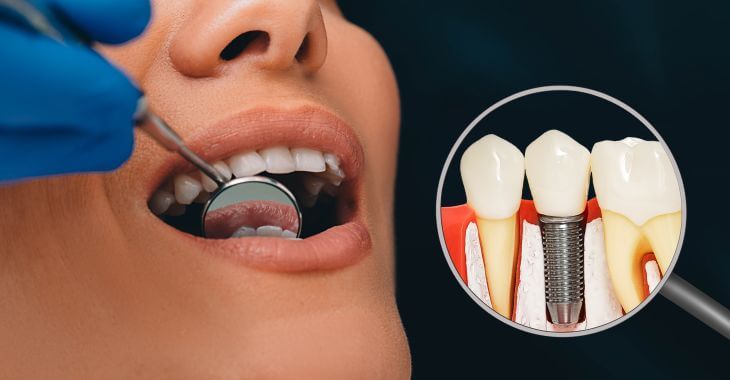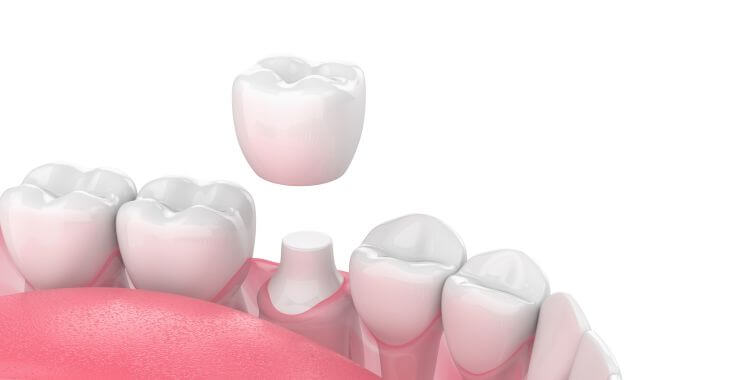Day-by-Day Wisdom Teeth Recovery Timeline

If you are about to have wisdom teeth removed, you may be wondering about recovery. Understanding the day-by-day wisdom teeth recovery timeline helps you know what to expect and how to care for yourself during the healing process.
What to Expect After Wisdom Teeth Removal
The recovery process after wisdom teeth removal varies from person to person, but most patients follow a similar healing pattern. Knowing the day-by-day wisdom teeth recovery timeline helps you manage your expectations and plan your post-surgery care.
For most people, the worst part of recovery happens within the first few days, but by following your dentist’s instructions, you can reduce discomfort and swelling. Healing typically takes about two weeks, with noticeable improvements by day seven. Staying on top of your care routine is key for recovery.
Wisdom Teeth Removal Recovery Timeline
This wisdom teeth healing timeline provides a closer look at what happens each day after surgery. Everyone’s experience is unique, but following this guide can help you track your progress.
Day 1: Surgery Day
After surgery, expect numbness from anesthesia for several hours. Once it wears off, swelling begins, and mild to moderate pain may set in. Stick to soft foods and follow your dentist’s instructions for pain relief. Apply an ice pack to reduce swelling.
Day 2-3: Managing Swelling
Days two and three are when wisdom teeth swelling is most noticeable day by day. Bruising may also develop around your jaw. Continue using ice packs and take your prescribed pain medications to stay comfortable. Stick to soft foods and avoid strenuous activities.
Day 4: Wisdom Teeth Removal Worst Day
For many people, day four is the wisdom teeth removal worst day. This is when swelling and discomfort usually peak. However, this also means you are nearing the turning point in your recovery. Stick to your aftercare routine, and don’t skip medications even if you feel tired or sore.
Days 5-7: Beginning to Feel Better
Around day five, the swelling will start to go down. You should notice less discomfort, and the bruising will begin to fade. Continue with soft foods and avoid anything too hot or crunchy. Stay hydrated, but avoid straws to prevent dry socket.
Days 8-10: Stitches and Healing Progress
If your dentist used stitches, they may begin to dissolve during this time. By now, most of the swelling should be gone, though mild tenderness may linger. You can start introducing more solid foods into your diet, but proceed cautiously.
Days 11-14: Final Stretch
By the end of two weeks, most people feel almost back to normal. Your mouth may still feel slightly sensitive, especially if stitches are still dissolving. You can resume regular activities but continue to avoid hard foods until your dentist gives you the all-clear.
Wisdom Teeth Healing Timeline and Common Symptoms
Swelling and tenderness are part of the natural healing timeline for wisdom teeth removal. Here’s what to expect during recovery and how symptoms change daily.
- Swelling: Swelling typically peaks on day four and then gradually decreases by day seven. Using ice packs in the first 48 hours helps minimize swelling.
- Pain and Discomfort: The first few days are the most painful, especially wisdom teeth removal worst day (around day four). Prescription pain relief or over-the-counter medications will help manage this.
- Bruising: Some bruising along the jawline is normal and usually fades by the end of the first week.
- Bleeding: Minor bleeding may occur for the first 24 hours. Bite down on gauze as instructed by your dentist to control it.
Tips for a Smooth Recovery
Following the aftercare instructions is vital. Stick to your dentist’s recommendations regarding medications, cleaning, and what foods to avoid. Other tips include:
- Manage Swelling Effectively: Use ice packs on the first day and switch to warm compresses after 48 hours to reduce swelling further.
- Stay Hydrated: Drink plenty of water, but avoid using straws to prevent dry socket.
- Rest and Avoid Strenuous Activities: Allow your body to heal by resting for at least three days after surgery.
Use ice packs on the first day and switch to warm compresses after 48 hours to reduce swelling further. Make sure to drink plenty of water, but avoid using straws to prevent dry socket. Remember to allow your body to heal by resting for at least three days after surgery.
Wisdom teeth swelling day by day typically starts around day one, peaks between days three and four, and begins to decrease by day five. Some residual puffiness may linger through the first week, but by days seven to ten, most swelling should be gone.

Understanding the day-by-day recovery timeline for wisdom teeth helps you prepare for each stage of healing. The first few days, particularly the wisdom teeth removal worst day on day four, may be challenging, but following your dentist’s instructions will ensure a smoother recovery.
Remember to be patient during recovery. If you experience excessive swelling, severe pain, or other unusual symptoms, contact your dentist immediately. Stick to aftercare instructions and adjust your care based on response. With the right aftercare, you’ll be back to your routine in no time.
The information provided on this website, including text, graphics, images, and other materials, is intended solely for informational purposes and should not be used as a substitute for professional medical advice, diagnosis, or treatment.




)